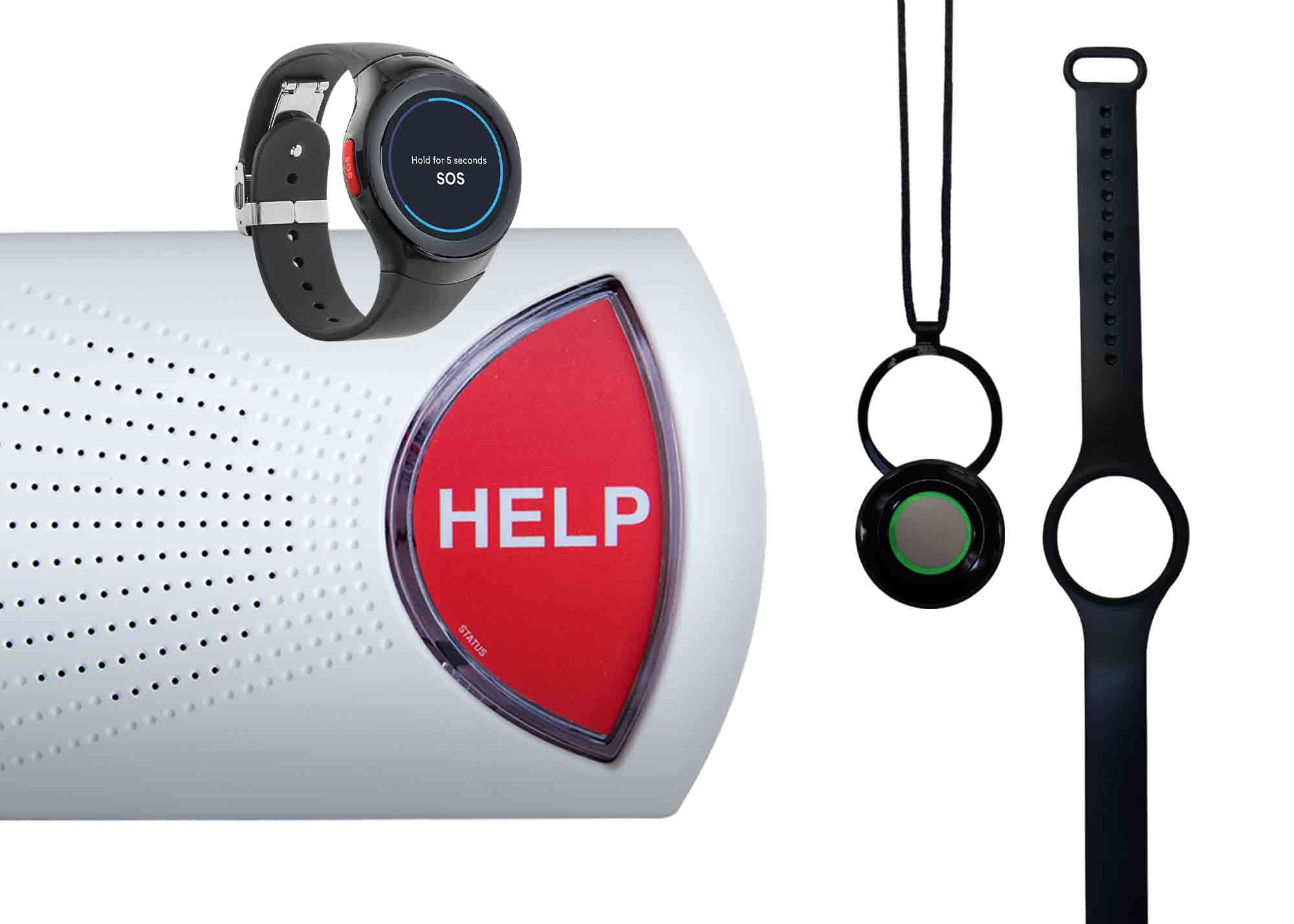Living With Osteoporosis: 5 Tips to Help You Stay Safe & Independent
June 6, 2018
In the time it takes you to read this article, at least 60 people will suffer an osteoporosis-related fracture These broken bones cost an estimated $20 billion in health care costs in the United States each year, and numbers are rising. These 5 tips can help you manage the disease while staying safe and independent at home.
#1 – Stay Active
As people age, many tend to become less active (or maybe they were never active to begin with). Various studies have shown that people lose an average of 1% of muscle mass per year beginning around age 50. By the time you hit age 75, that’s a considerable decline!
Loss of muscle mass increases the risk of falls, but fortunately, you can build muscle at any age.
- Walking: This low-impact, weight-bearing activity requires no special equipment or expertise. As you become more fit and increase your pace, it’s also a heart-healthy aerobic exercise.
- Strength training: People tend to avoid this because they picture weight lifters throwing around huge barbells, but you can also build muscle using resistance bands, small hand weights, and even weight-bearing exercises like squats and planks.
Always talk with your doctor before beginning any exercise program. People with advanced osteoporosis may need to begin with non-weight bearing exercises like water aerobics and cycling.
If you exercise alone, consider getting a medical alert system with fall detection. Hospital emergency rooms treat thousands of people each year for treadmill injuries.
#2 – Work on Your Balance
As people age, the body’s systems responsible for maintaining balance become less effective, and that can result in falls and fractures. Silver Sneakers recommends these six exercises for balance and stability.
Many seniors enjoy yoga for its calming benefits as well as improvements in flexibility and balance. Find an instructor who understands osteoporosis and can help you develop a safe, effective exercise routine.
#3 – Get Plenty of Calcium
As children, we all learned that calcium helps “build strong bones and teeth.” We all need those as we age, right? But now, nutritionists have found that calcium by itself isn’t enough. Strong bones require more:
- Vitamin D helps your body absorb calcium. Some studies have found that osteoporosis patients benefit from large doses of vitamin D – up to 1200 milligrams per day.
- Reduce salt intake because sodium contributes to calcium loss.
- Limit soft drink consumption. Many carbonated drinks contain phosphoric acid, which promotes calcium loss.
- Limit caffeine consumption. Coffee, tea, and soft drinks in moderation are fine, but remember that you lose 6mg of calcium for every 100 mg of caffeine.
When taking calcium supplements, remember that your body can only absorb about 500 milligrams at one time. It’s more effective to take several supplements throughout the day than a mega dose at one time. Even better: eat a healthy diet and get your calcium naturally.
#4 Eat Lean Protein

[Crispy peanut tofu with cauliflower fried rice from Minimalist Baker]
Your bones are about 50% protein, so keep feeding them!
Lean protein is best; fatty meats and cheeses can increase weight, which puts further strength on fragile bones. Good protein options include:
- Soy products (tofu, tempeh, and soy-based drinks) are rich in protein, but also contain oxalates – substances that inhibit calcium absorption. They’re good, low-fat protein sources, but make sure you get plenty of calcium.
- Eggs
- Low fat or fat-free dairy products
- Lean poultry and seafood
#5 Take Your Medicine
There are multiple drugs on the market that help prevent fractures, but many people are reluctant to take them. In 2016, the Journal of Bone & Mineral Research printed an editorial calling the situation “A Crisis in the Treatment of Bone & Osteoporosis.”
“… despite the development of several effective drugs to prevent fractures, many patients, even those of unequivocally need treatment, are either not being prescribed osteoporosis medications at all, or when prescribed, refuse to take them.”
One study found that the use of the medications fell from “… an already dismal 15 percent in 2004 to an abysmal 3 percent in the last quarter of 2013.”
There are risks with any drug, and osteoporosis drugs do come with potential side effects, so talk with your doctor and do research about your own risks vs. benefits. The National Osteoporosis Foundation has information about types of treatment and payment options.
Medical Alert Systems & Osteoporosis
A broken bone is a serious condition for anyone, but for seniors, even a “minor” break can mean loss of mobility, independence, and even premature death. A 2015 study conducted in Australia found that almost any fracture – from the dreaded broken hip to a broken ankle or wrist – results in a twofold increase in death risk over the next few years. Many factors contribute to senior falls, but osteoporosis is a leading cause of broken bones that result from those falls.
A home medical life alert system can’t prevent osteoporosis, but it can make it easier for you to summon help in case you’re injured in a fall. A medical alert with fall detection adds another layer of protection. If you’re unable to push the button to summon help, the system alerts an operator who can quickly dispatch first responders.
We thought you would also like:
How Mesothelioma Impacts Seniors
5 Signs It’s Time For A Medical Alert System






